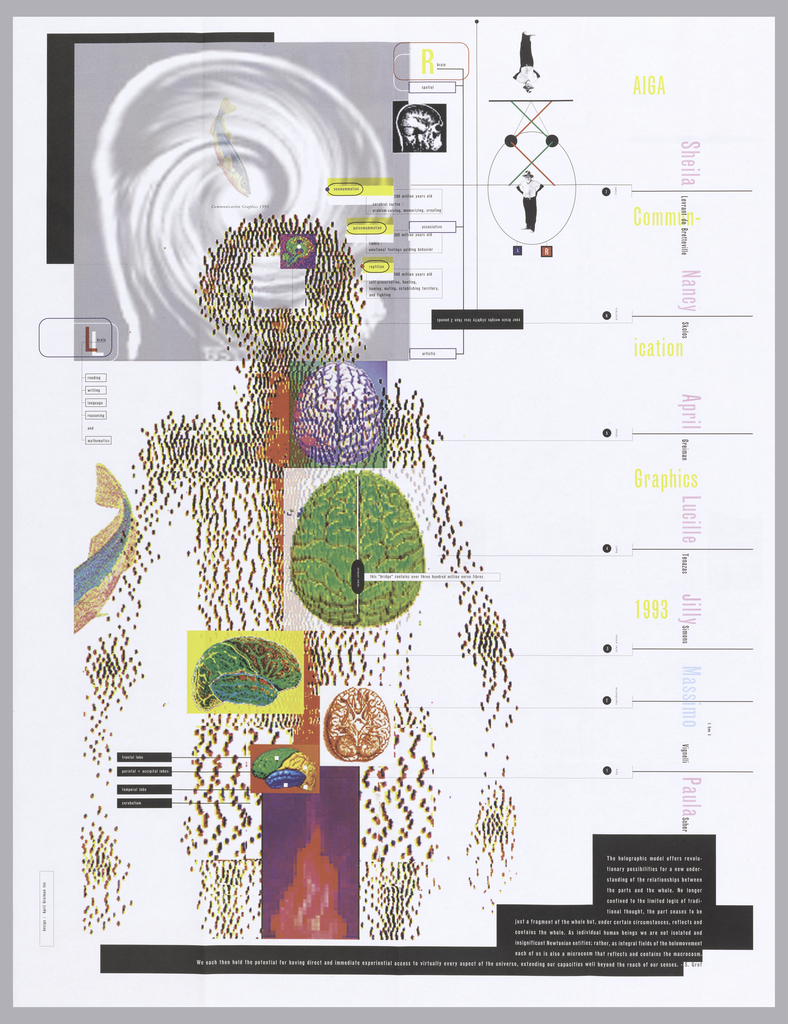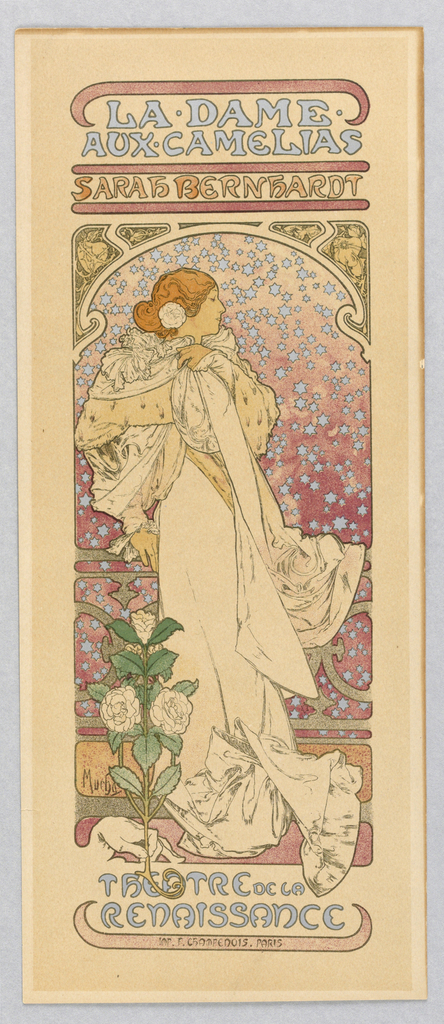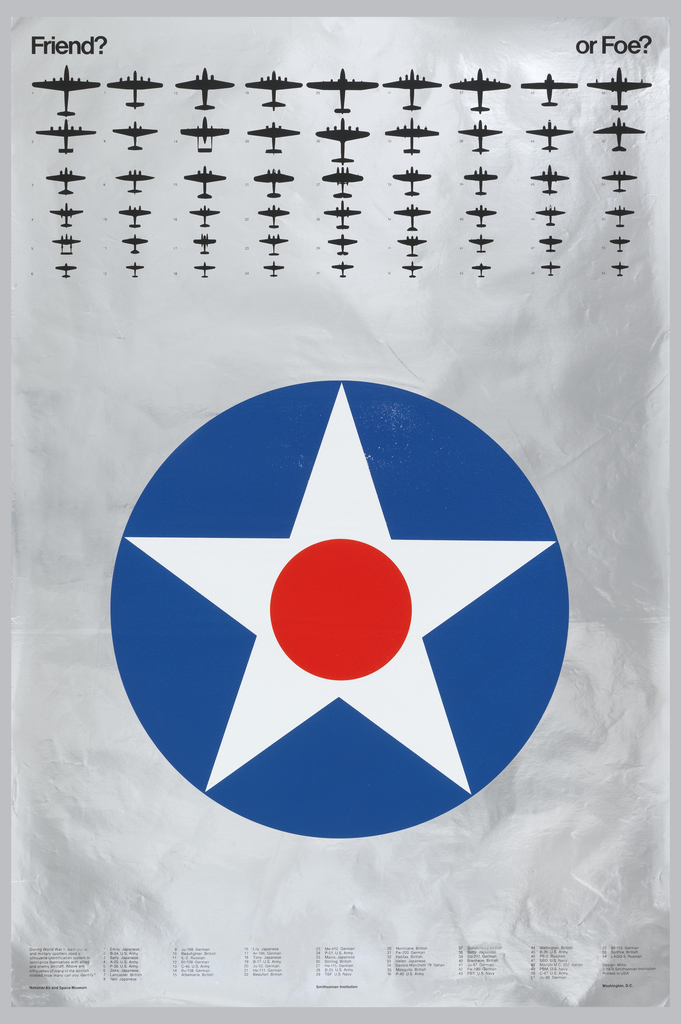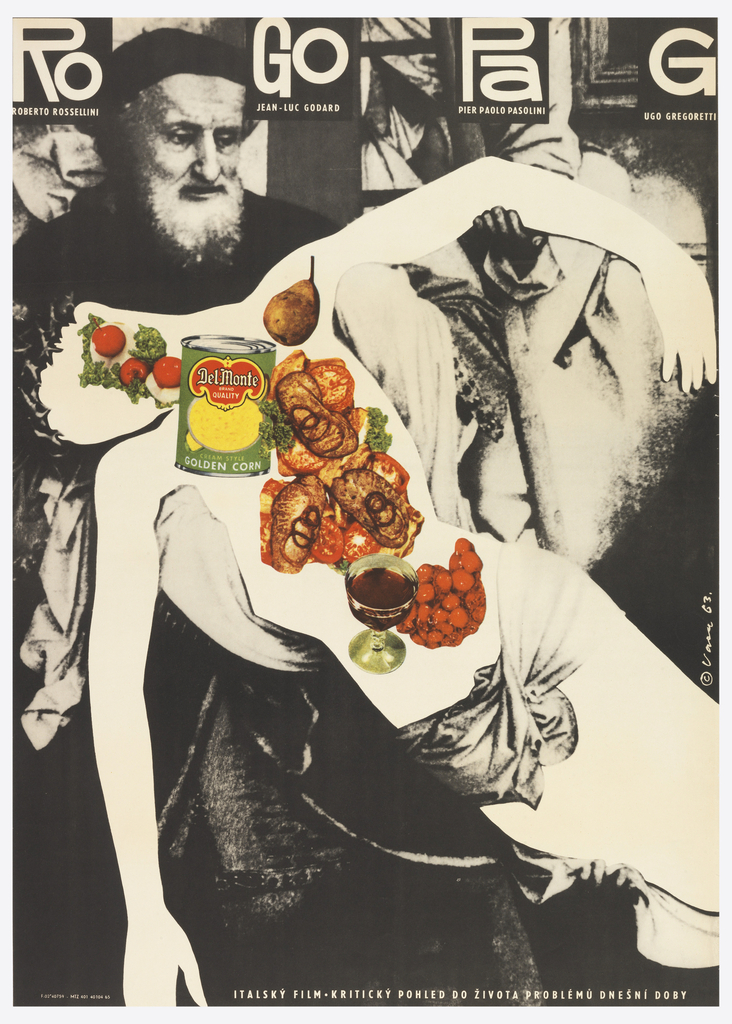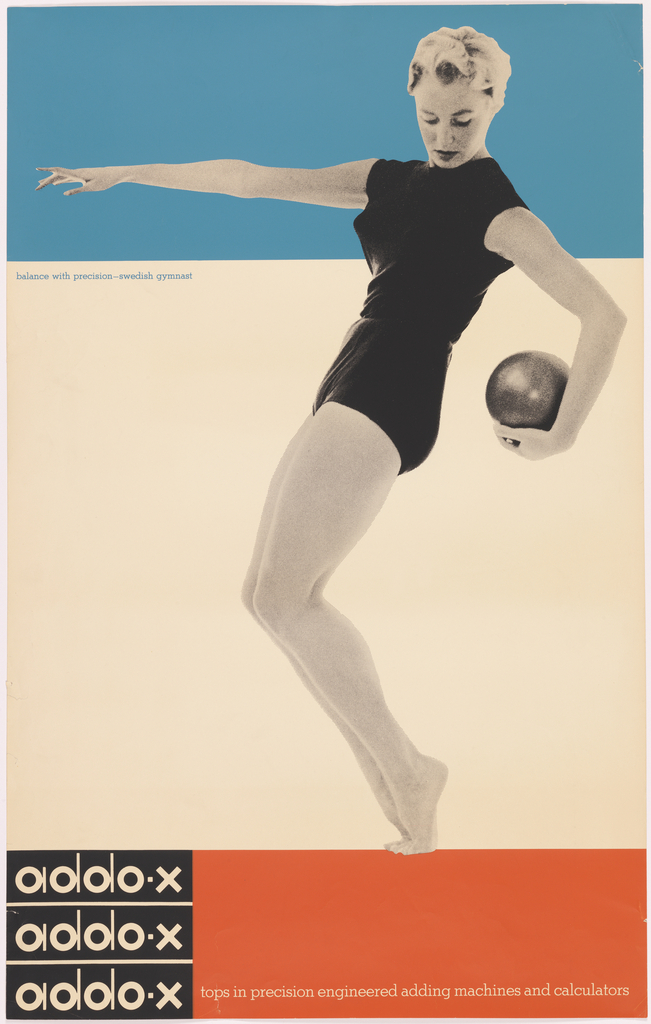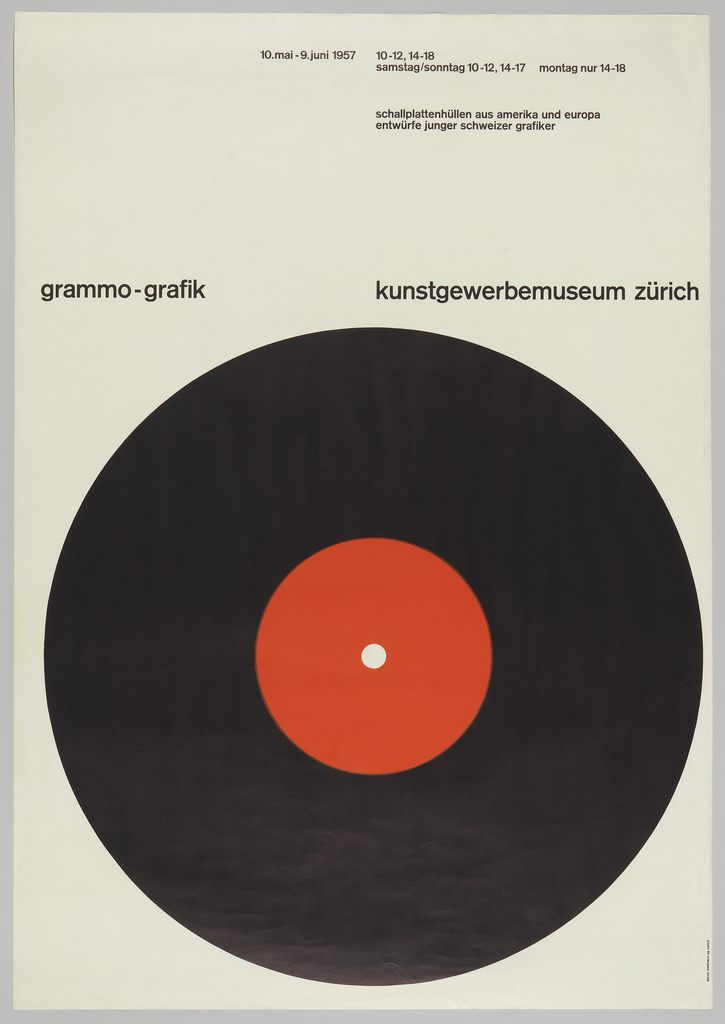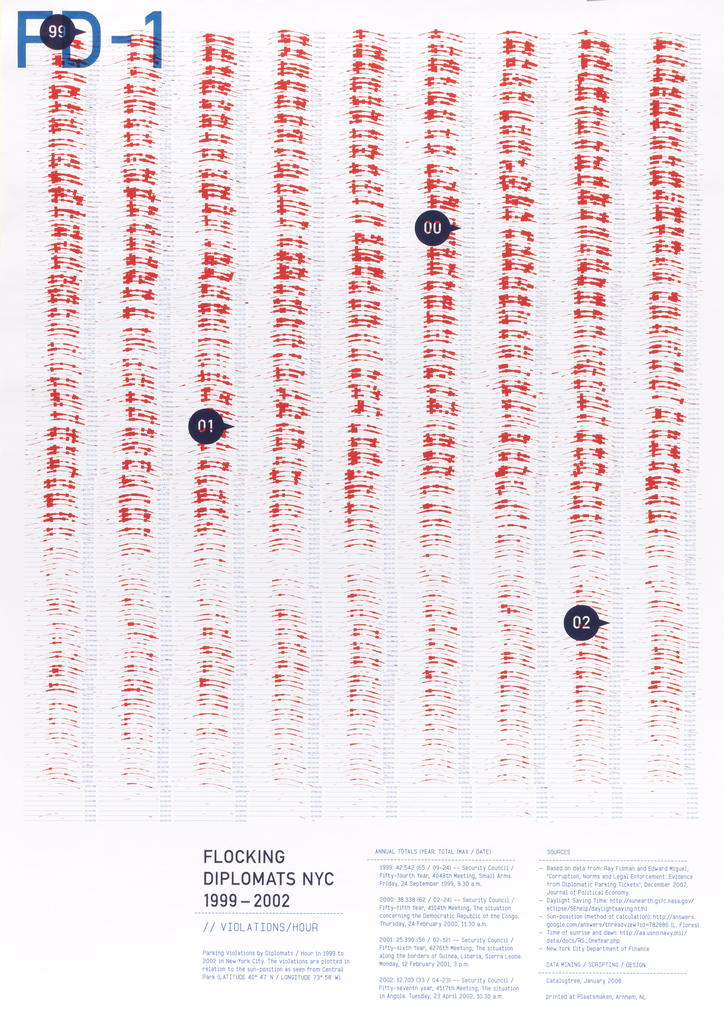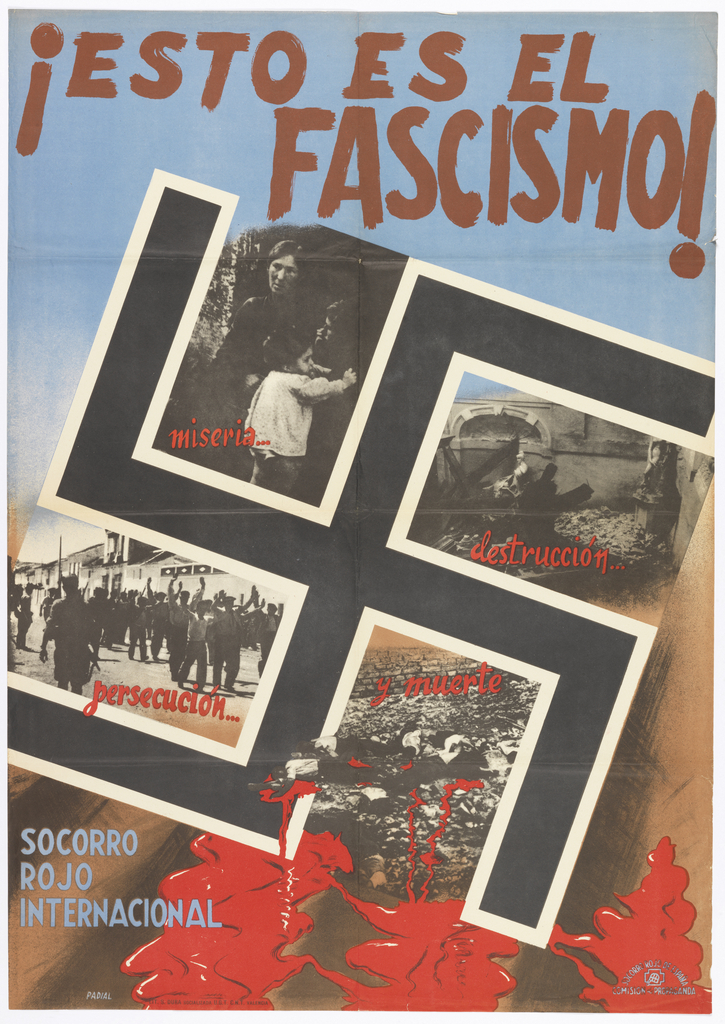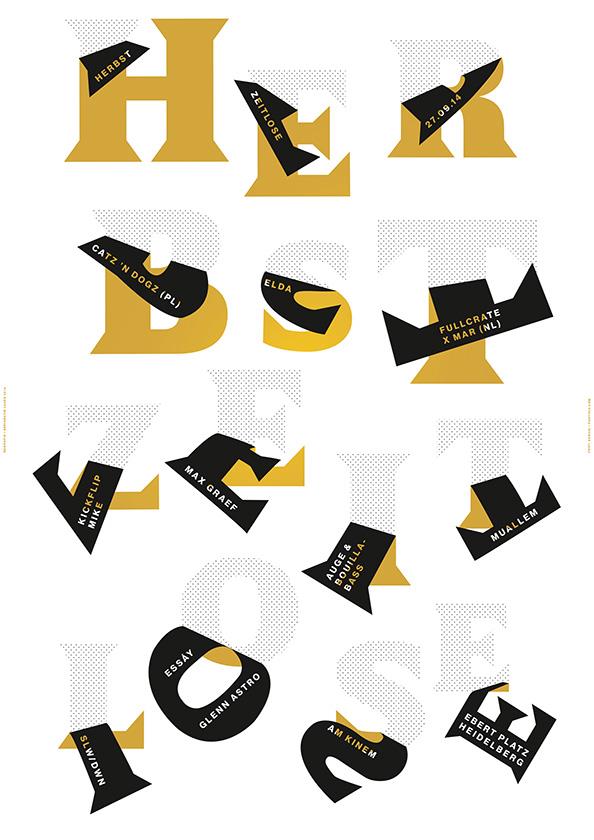In celebration of Women’s History Month, Cooper Hewitt is dedicating select Object of the Day entries to the work of women designers in our collection. “I believe that all designers come to a task with a unique way of ordering that is particular to their past experiences, and perhaps even their genetic structure,” says maverick...
The Belle Époque was an explosion of optimism and cultural innovation and artistic endeavours. The Belle Époque, lasting from the 1870s up to WWI, was at its height in Paris during the 1890s and 1900s. It was a great time for art and theatre, and they converged to great success at the Theatre de la...
A collaboration between the husband and wife partners of Miho Inc., Tomoko and James Miho, this poster commissioned by the Smithsonian National Air & Space Museum simultaneously satisfies the role of advertisement, information graphic, and history lesson. A visually striking image with strong hierarchy, dynamic contrast, and bold colors on an eye-catching metallic-coated paper, the...
Since the Dada revolution, designers and artists have chopped up glossy magazines in their search for raw materials. To create this poster for a festival of contemporary avant-garde films, the designer cut away the body of Christ from a blown-up of a Renaissance painting. The blank space where the body used to be becomes a...
We see posters not only with our eyes but with our bodies. In this sense, we respond physically to the taut pose of the elegant athlete in Ladislav Sutnar’s 1958 poster for Addo-X. Sutnar created a bold new logotype for the Swedish office machine brand in 1956; he also designed numerous posters and advertisements for...
In 1966, Italian designer Bruno Munari poked fun at the commonplace design solution of putting a big circle in the middle of a poster. In his essay “Posters with a Central Image,” Munari wrote, ““The eye is attracted by the dark disc and has no way of escaping.” He may have had this famous poster...
Data visualization is the art and science of creating graphic representations of numerical data. The Flocking Diplomats series consists of multiple visualizations of a rich body of data concerning the parking violations of international diplomats in New York City. This conceptual project employs the poster as a research tool, much as “posters” are used in...
In 1996, colleagues at the Museum of Modern Art recommended to a donor that Cooper Hewitt be offered an opportunity to review a collection of rare posters from the Spanish Civil War (1936–1939). These had been gathered by journalist William Mangold, who worked for the new Republic in Spain during that war. Thirty posters representing...
As digital screens become increasingly prevalent, the printed poster has taken on new roles. For his commemoration of the transition from summer to fall in his poster Herbstzeitlose (Autumn Crocus), Götz Gramlich created both a digital animation and a screenprinted poster around the same design concept. In the animation, the letters peel away one by...
